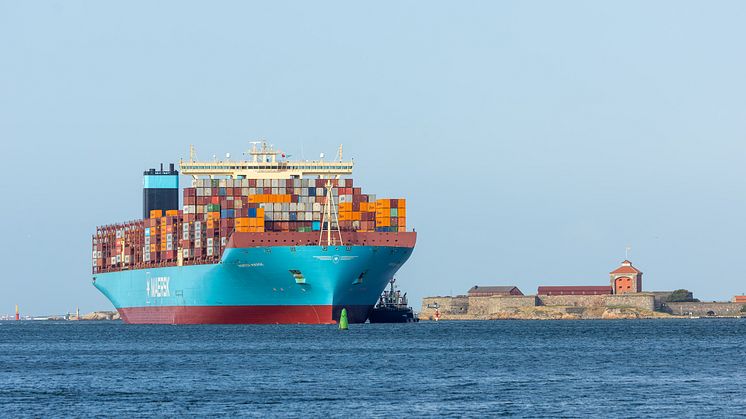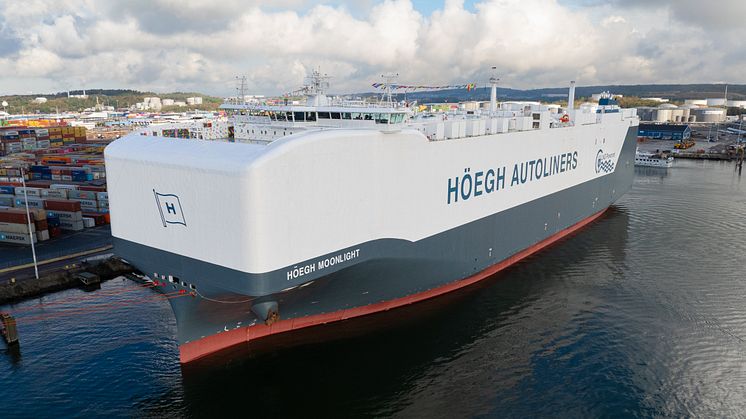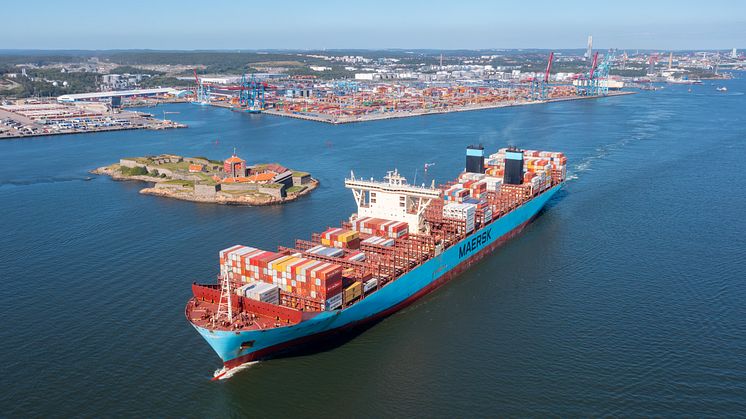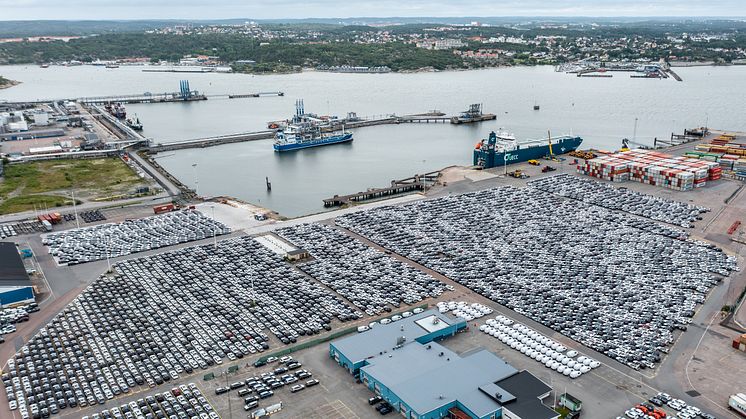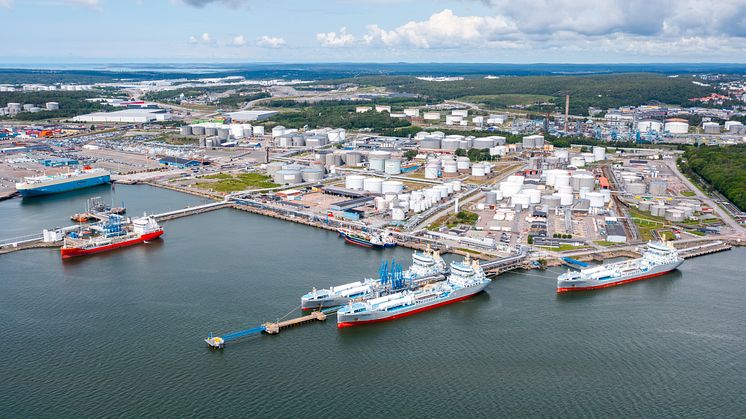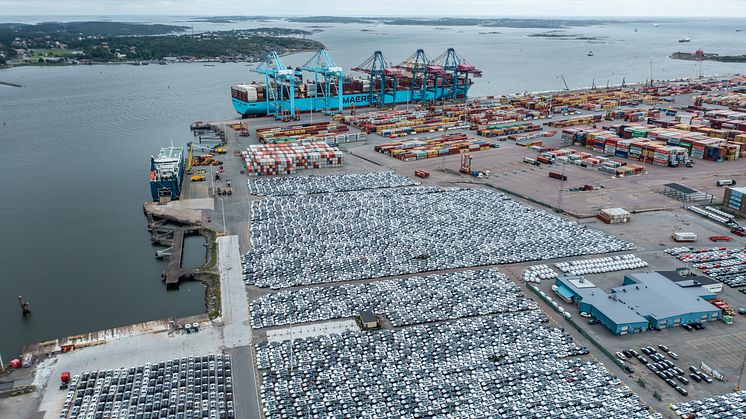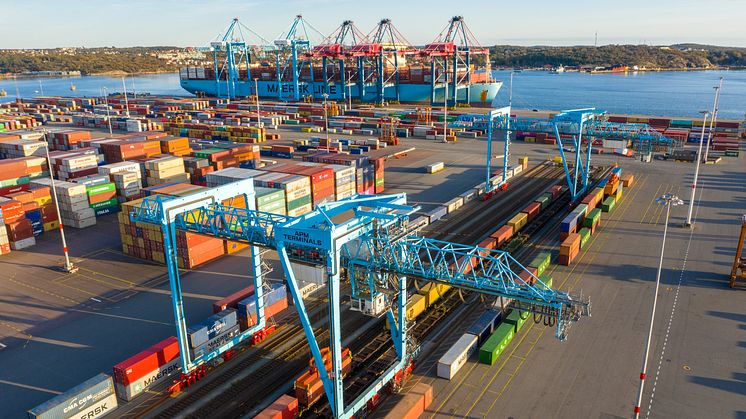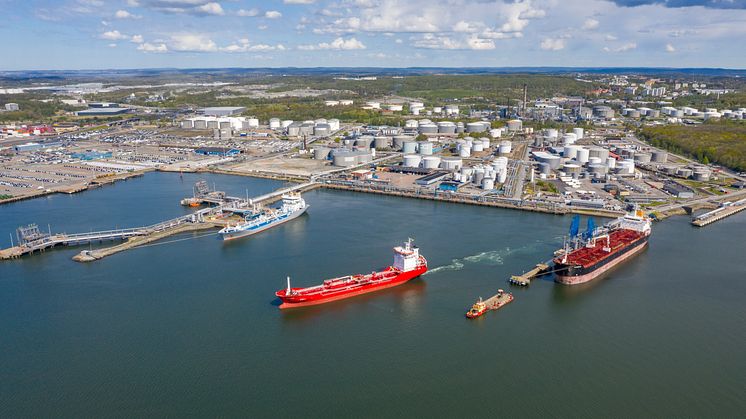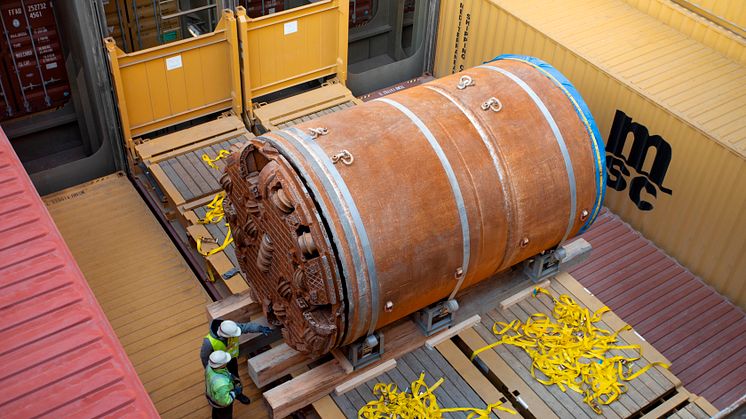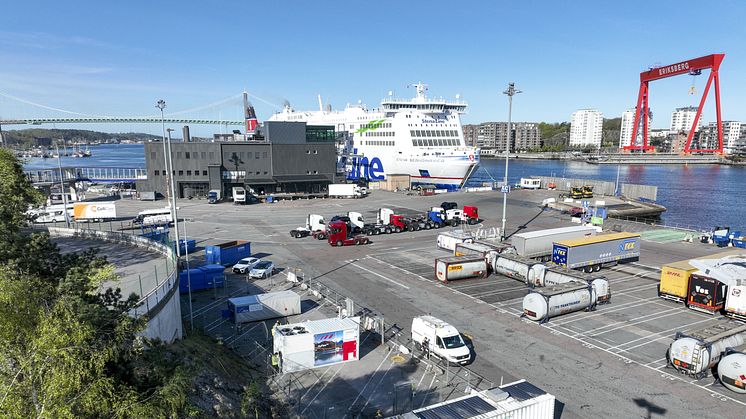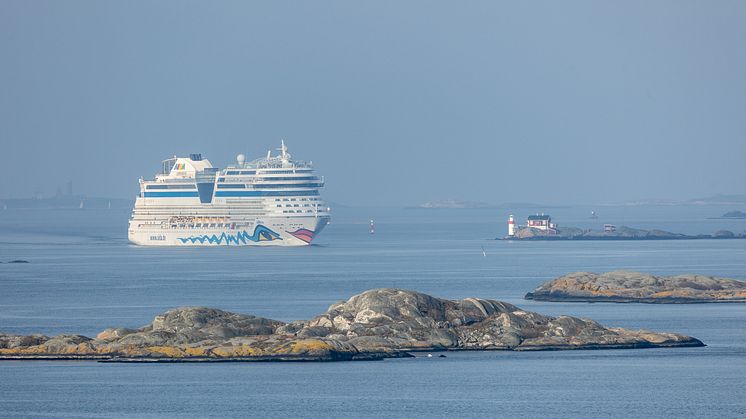Port of Gothenburg and Castellum to build new logistics building for Vink Esså Plast Group at Halvorsäng
The Port of Gothenburg and Castellum are continuing the development of the expanding logistics area Halvorsäng in Gothenburg and are now constructing a new building of 8,667 sqm, half of which will be leased by plastics company Vink Esså Plast Group AB. The project is carried out within the framework of the joint company through which the parties are developing Halvorsäng.







